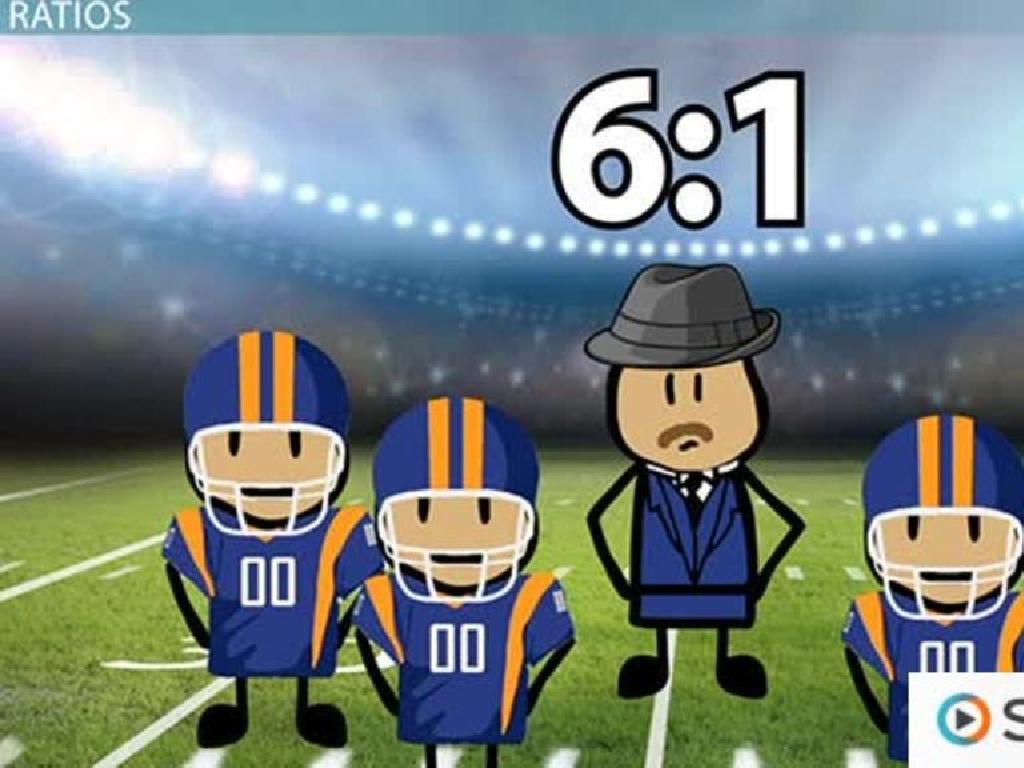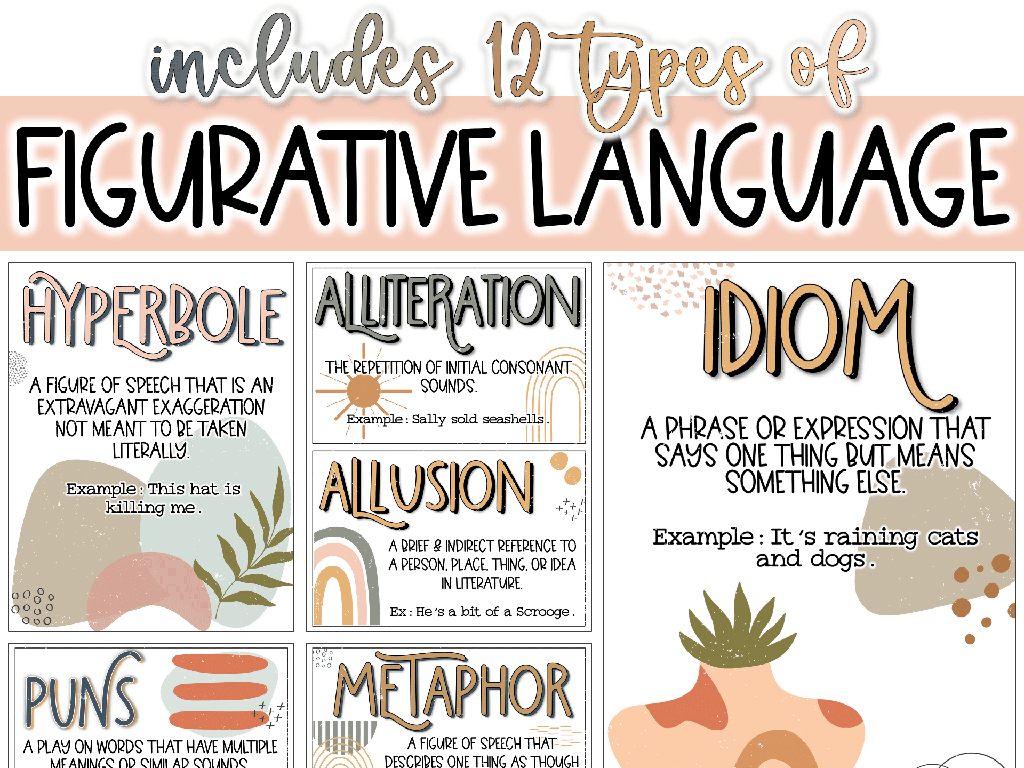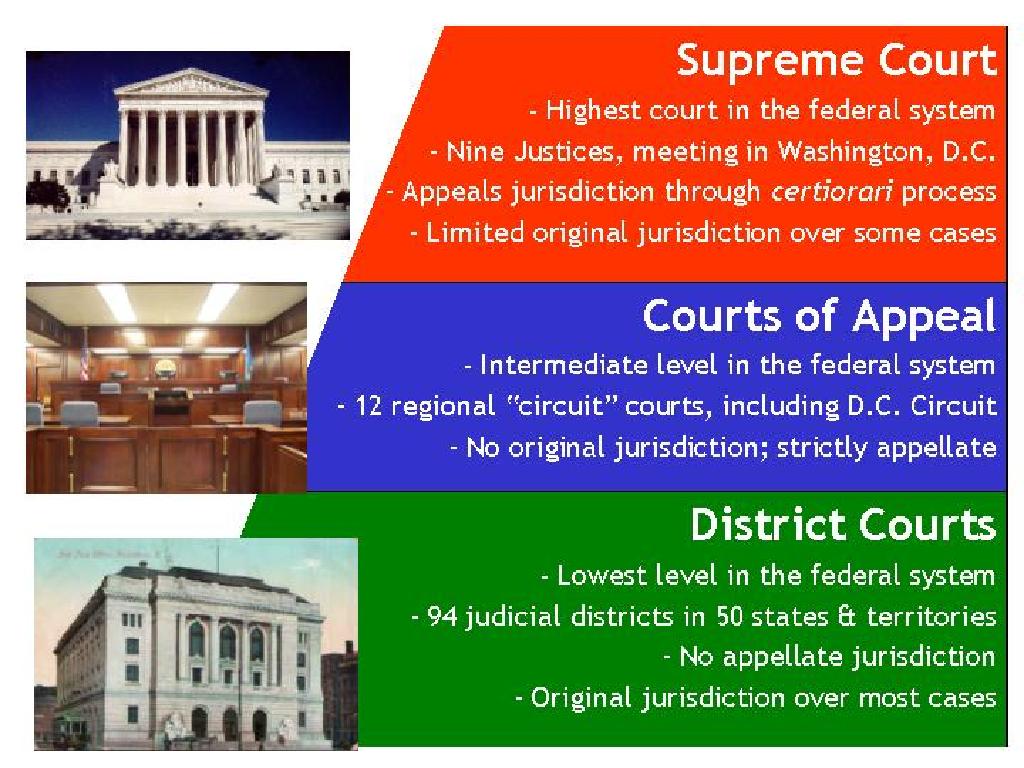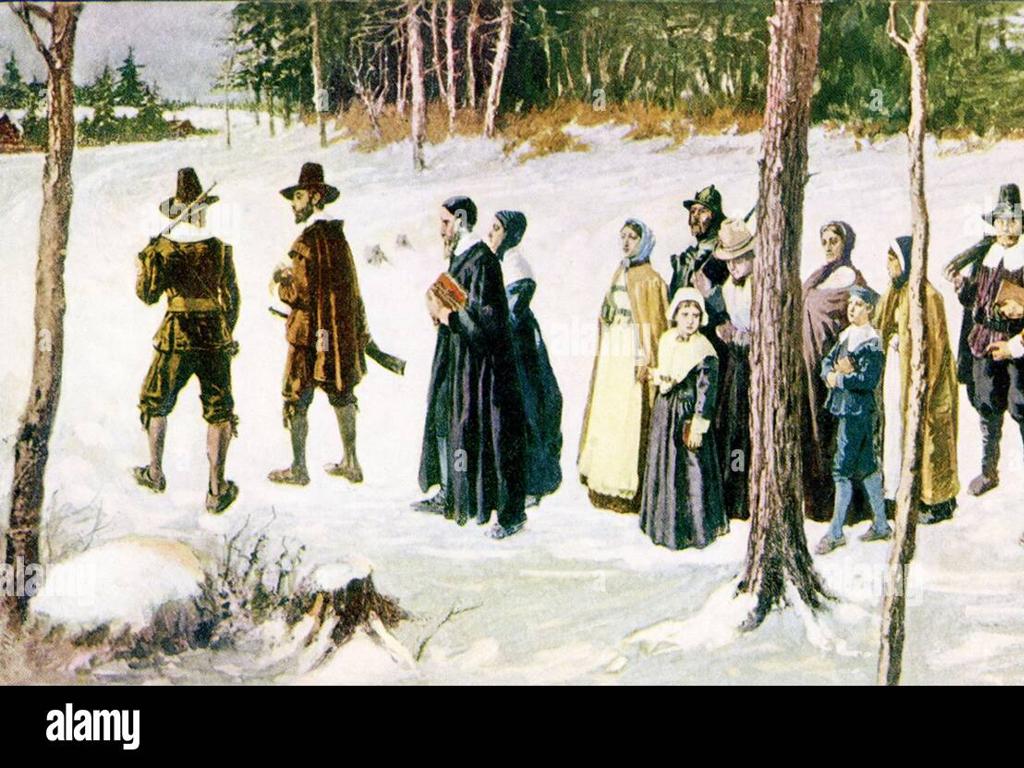Select The 50 States
Subject: Social studies
Grade: Third grade
Topic: States
Please LOG IN to download the presentation. Access is available to registered users only.
View More Content
Exploring the 50 States of America
– What is a state?
– A state is a part of a country with its own government
– The United States has 50 states
– Each state has its own capital
– For example, Florida’s capital is Tallahassee
– States have unique symbols
– Like the Cardinal bird in Indiana or the Apple Blossom in Michigan
|
This slide introduces the concept of states within the United States to third-grade students. Begin by explaining that a state is a specific area within a country that has its own government and laws. Highlight that there are 50 individual states in the U.S., each with its own capital city where the state government is located. Share a few examples of state capitals to make it relatable. Also, discuss that each state has unique symbols, such as a state bird, flower, or tree, which represent the natural treasures and cultural heritage of that state. Encourage students to think about their own state’s symbols and what makes it special. This will set the foundation for further exploration of each state’s geography, history, and culture in subsequent lessons.
What is a State?
– A state is a region with control
– It has its own government and borders
– States unite to form a country
– Each state has its own rules
– Like schools have rules, states have laws
– States have their own leaders
– Governors lead states like principals lead schools
|
This slide introduces the concept of a state to third-grade students. Begin by explaining that a state is a specific area with its own government and borders, similar to how their school is part of a larger school district. Emphasize that just as the United States is made up of many states, each state is an important part of the country. Discuss how each state has its own set of laws, much like classroom rules, and is led by a governor, akin to a school principal. Use a map to show the location of different states and encourage students to think about their own state’s government and leaders.
The 50 Stars on Our Flag
– Our flag’s symbolism
– The flag represents our country and its values.
– A star for every state
– Each star symbolizes one of the 50 states in the USA.
– Unity and diversity
– The stars show how states are different but work together.
– Celebrating all states
|
This slide introduces students to the symbolism of the American flag, particularly focusing on the 50 stars. Each star represents one of the 50 states, signifying their unity and the importance of each state in the composition of the nation. Discuss how the flag embodies the concept of ‘E Pluribus Unum’ or ‘Out of many, one,’ where despite the diversity of the states, they form a single country. Encourage students to think about what unity and diversity mean to them and how they can see this reflected in their daily lives. You can also discuss how the number of stars has changed over time with the addition of new states, showing the dynamic nature of the country’s history.
States and Capitals
– Learn all 50 state names
– Discover each state’s capital
– Techniques to remember them
– Use songs, flashcards, and games
– Explore with an interactive map
– Identify states and capitals on a digital map
|
This slide introduces the students to the 50 states of the United States and their respective capitals. It’s important to use engaging methods to help students memorize these, such as catchy songs, flashcards, and memory games. Interactive map exploration will allow students to visually connect the location of each state with its capital, reinforcing their learning. During the lesson, encourage students to participate in map activities and share any mnemonic devices they come up with to remember the states and capitals. The goal is to make this learning process as interactive and fun as possible to ensure better retention.
Largest and Smallest States
– Alaska is the biggest state
– Alaska’s area is over 663,000 square miles!
– Rhode Island is the smallest
– Rhode Island’s area is just about 1,200 square miles.
– States come in many sizes
– Compare Texas & California with Connecticut & Delaware.
– Size doesn’t define a state’s worth
|
This slide aims to teach students about the vast differences in the size of U.S. states, highlighting Alaska as the largest and Rhode Island as the smallest by area. It’s important to convey that each state, regardless of size, has its own unique features and contributions to the country. Encourage students to think about why state size might matter and how it doesn’t necessarily relate to population or importance. You can use a map to help students visualize the size differences and discuss how geography can influence the culture and lifestyle of a state’s residents.
State Nicknames
– Fun facts about state nicknames
– Nicknames can be based on history, features, or famous products.
– Examples: Florida and Texas
– Florida is sunny, Texas has one star on its flag.
– Guess the nickname game
– Why states have nicknames
– Nicknames often reflect the state’s character or heritage.
|
This slide introduces students to the concept of state nicknames and their significance. Start by explaining that many states have nicknames that are based on their history, geography, or something unique about them. Provide the examples of Florida, known as ‘The Sunshine State’ because of its sunny weather, and Texas, known as ‘The Lone Star State’ because of the single star on its flag. Engage the students with a fun activity where they try to guess the nicknames of other states. This activity can be done by showing them pictures or giving hints about the state’s features. Discuss why states have nicknames and how they can tell us about the state’s identity. For the teacher: Prepare a list of states with their nicknames and hints to facilitate the guessing game. You can make it more interactive by dividing the class into teams and keeping score.
Geographical Features Across the States
– Diverse landscapes in the states
– States have unique land features like deserts, forests, and beaches.
– Examples: Mountains and Rivers
– Rocky Mountains are tall and rugged, Mississippi River is long and wide.
– Geography’s impact on life
– Climate and land influence food, jobs, and hobbies.
– Culture shaped by geography
– Traditions and holidays often celebrate the local geography.
|
This slide aims to teach students about the variety of geographical features found in the United States and how these features influence the lifestyle and culture of the people living in those areas. Discuss how different landscapes, such as mountains, rivers, deserts, and forests, can be found across the country. Use the Rocky Mountains and the Mississippi River as specific examples to illustrate the concept of diverse landscapes. Explain how geography can affect the way people live, including the types of food they eat, the jobs they have, and the activities they enjoy. Highlight how local culture, including traditions and holidays, is often a reflection of the surrounding geography. Encourage students to think about their own state’s geography and how it might influence their daily lives.
Class Activity: Find Your State!
– Engage with an interactive map
– Locate and name your state
– Discover one interesting fact
– Think about landmarks, history, or famous foods
– Share your state’s fact with the class
|
This activity is designed to help students become more familiar with the geography of the United States and their own state’s place within it. Using an interactive map, each student will find their state and then research to find an interesting fact about it. This could be related to the state’s history, a famous landmark, a popular event, or even a state symbol like the state bird or flower. Once they have their fact, they will share it with the class, which will help with public speaking skills and also educate their classmates about different states. For the teacher: Prepare an interactive map for students to use, and have resources available for them to research their facts. Consider breaking the class into groups based on regions to facilitate discussion.
Wrapping Up: The 50 States of America
– Recap of today’s states lesson
– Why states knowledge is key
– Knowing states helps us understand our nation’s geography and history.
– Explore your state at home
– Find fun facts about where you live to share with the class.
– Keep learning about the USA
|
As we conclude today’s lesson, it’s important to remind students of what they’ve learned about the 50 states. Emphasize the significance of understanding the different states as it connects to their sense of national identity and history. Encourage them to take initiative by researching their own state, looking for interesting facts or landmarks, which they can bring back to class for discussion. This not only reinforces their learning but also fosters a sense of curiosity and personal connection to their immediate environment. The goal is to inspire a continued interest in the diverse and rich tapestry that makes up the United States.






